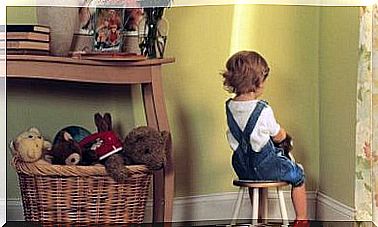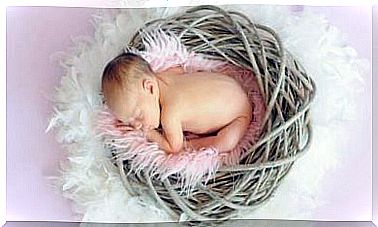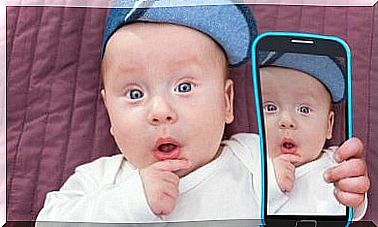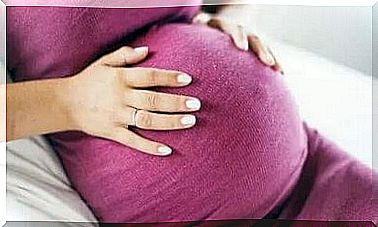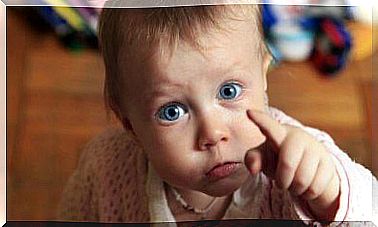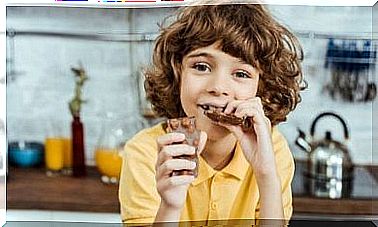Funny Facts About Baby Teeth
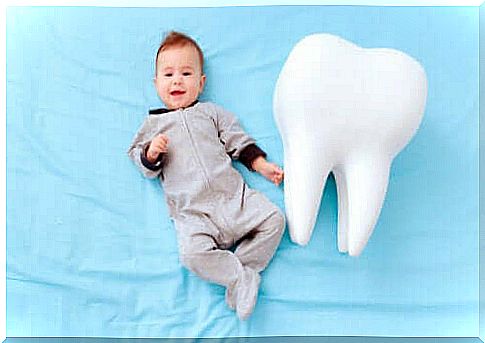
In this article, we share several fun facts about baby teeth that are worth taking into account. In order to properly care for your child’s mouth, it is important to know the structures that make it up.
In this article you will find out when baby teeth are formed, how many there are and what they are used for. We also tell you how to take care of them to maintain a healthy mouth in your child.
Fun facts about baby teeth: They begin to form in the mother’s womb
A baby’s teeth begin to form as the baby develops in the mother’s womb. The process begins between the sixth and eighth week of pregnancy and continues throughout the pregnancy.
At the time of birth, the baby teeth are already stuck in the jaws, where they remain until eruption. When babies come out of the womb, the teeth are not visible in the mouth, but they are there, hidden under the gums.
This is one of the fun facts about baby teeth that is important to know. Knowing that teeth are formed during pregnancy, we can give them the attention they need from the beginning.
How? Through proper nutrition during pregnancy. Eating a varied and balanced diet with adequate calcium, phosphorus, vitamins and proteins helps ensure the availability of nutrients for the mineralization of the teeth that are formed.
Outbreak of deciduous teeth
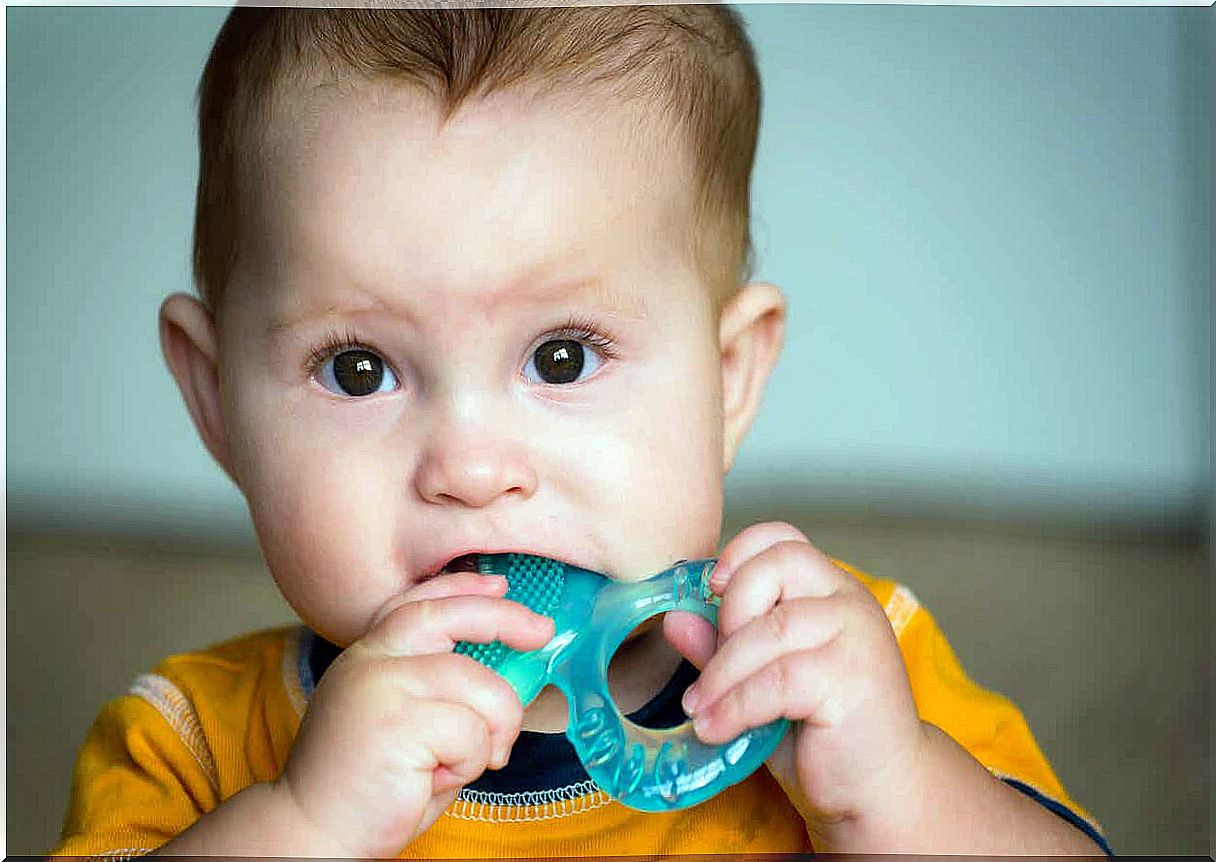
Milk teeth begin to erupt when the baby is between 6 and 8 months old. In fact, this age is an estimate, as each child grows at his or her own pace, and in some children, the teeth appear earlier, and in others, they take longer. The process usually ends around the age of 3 years.
In order for the tooth to be visible in the mouth, its crown must break through the gums and penetrate into the oral cavity. This is an uncomfortable time for some children and it is common for them to feel irritable and nervous.
Other symptoms, such as excessive salivation, the need to put everything in the mouth, sudden crying and sleep problems may occur during this phase. It is a challenge for adults to be there for their children during this process and give lots of love and have patience.
20 teeth
Also on our list of fun facts about baby teeth is the number of teeth. And the fact is that the number of temporary and permanent teeth is not the same. Babies have 20 baby teeth, but they end up having 32 permanent teeth .
The 20 baby teeth are located in both jaws: 10 in the upper jaw and 10 in the lower jaw. In each row there are five teeth to the right and five to the left of the center line. There are eight front teeth – four central and four lateral – four canines and eight molars.
What do baby teeth look like?
The appearance of baby teeth is also one of the fun facts about baby teeth. The color is much whiter and their size is smaller compared to permanent teeth.
- The teeth have a visible part that is in the oral cavity, called the crown, and another part that is located inside the bone, covered by the gums, which is the root. The purpose of the root is to keep the teeth in place.
- The outer structure that covers the crown of the tooth elements is the enamel, which is a hard tissue that protects them.
- Inside is the dentine, the most extensive layer, with a hardness similar to that of the bone.
- The inner part is the pulp, where nerve endings and blood vessels are located.
These last two tissues are found in both the crown and the root.
Fun facts about baby teeth: What are they used for?
Although many adults believe otherwise, baby teeth are very important for children.
They are essential for chewing, eating and speaking as they are involved in the pronunciation of various phonemes. They also have a social and aesthetic role as children express themselves and relate to others through smiles.
At the same time, a very valuable function they have is to accommodate the permanent teeth that develop inside the jaws. When they erupt, the baby teeth therefore act as guides that allow the correct placement of the permanent teeth.
Fun facts about baby teeth: When do they fall out?
As with eruptions, the moment the baby teeth fall out to be replaced by the permanent teeth depends on each child. Generally, the process begins between the ages of 5 and 6 and ends around the age of 12-13. This is accompanied by the growth of the jaws.
The permanent teeth reabsorb the roots of the baby teeth, which begin to move until they fall out. Then the permanent tooth is seen in the mouth to replace the one that has fallen out. During this period, both teeth coexist in the mouth, which is why it is known as a mixed set of teeth.
The need to take care of baby teeth
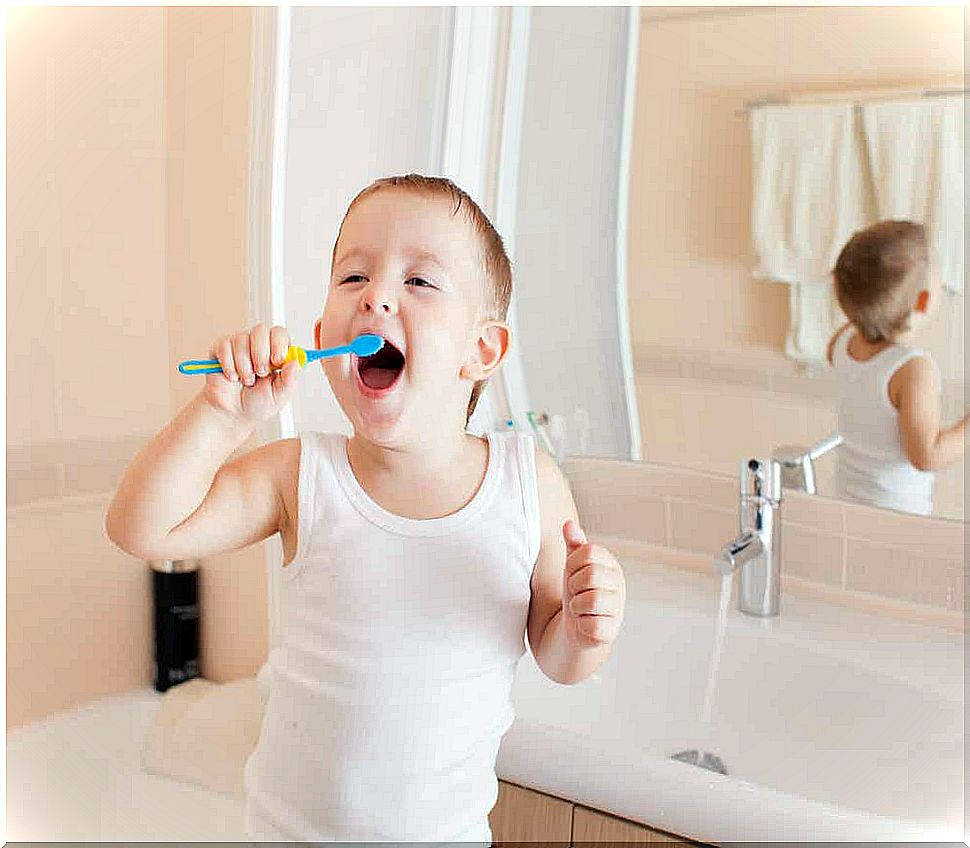
Now that you know these fun facts about baby teeth, you understand the importance of keeping those teeth healthy. They play a very important role in our children’s lives.
Care of a baby’s teeth should begin at conception, with the mother’s proper nutrition during pregnancy and proper obstetric control. Once the baby is born, it is time for adults to continue to take care of the health of the oral cavity.
Oral hygiene should begin even before the teeth erupt, by cleaning the gums with a clean, wet cloth. When the teeth then erupt, it is important to start brushing them.
Adults should take care of their children’s dental hygiene until they are able to do it themselves, which happens after about 6 years of age. Then they should check that the children have brushed their teeth properly, and keep an eye on them.
From the time the teeth are seen, it is important to ensure proper dental hygiene using a toothbrush and the amount of toothpaste according to their age and supplement it with flossing. In addition, it is important that children eat a nutritious diet and avoid foods high in sugar.
Regular visits to the dentist from the first year of life help to avoid many problems in the mouth.
Controlling jaw growth and tooth eruption, detecting the presence of harmful habits and early diagnosis of oral diseases allow us to resolve any condition in a timely manner. This prevents complications so that one can avoid more difficult or complicated treatments.
Therefore, adults should take care of their children’s oral hygiene. This allows young children to smile with peace of mind in their childhood.
